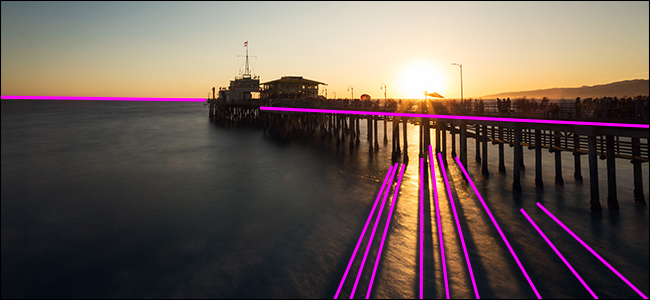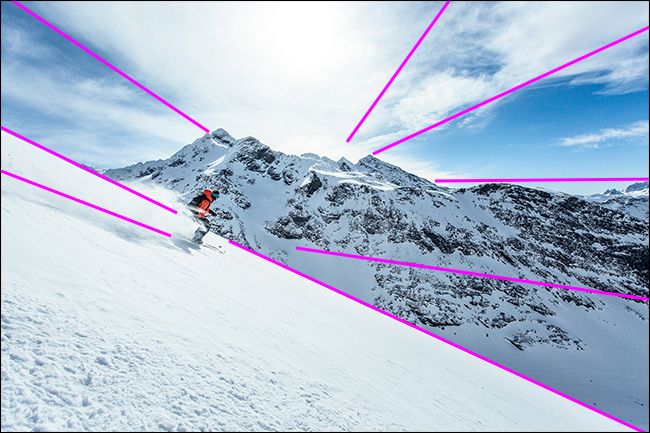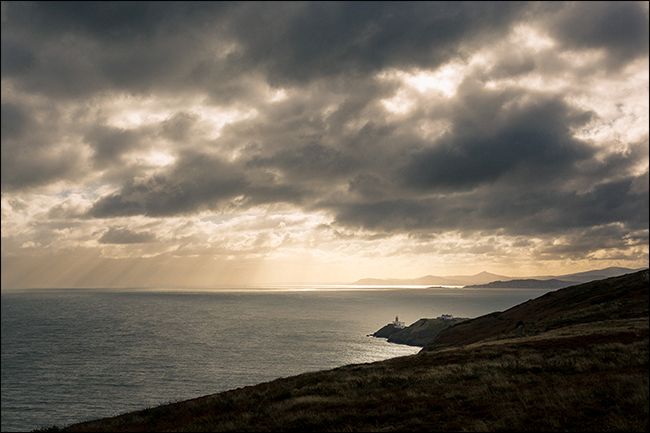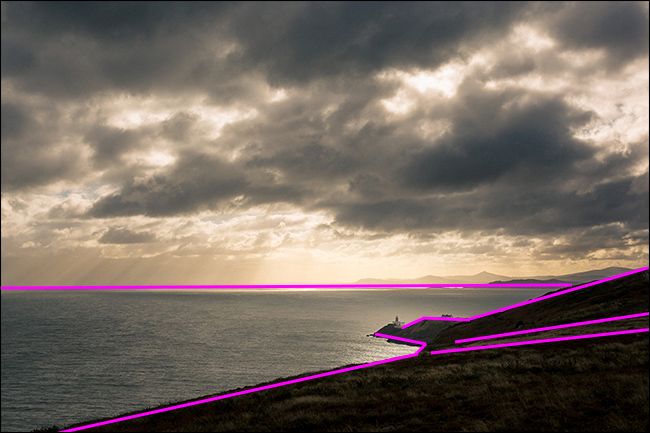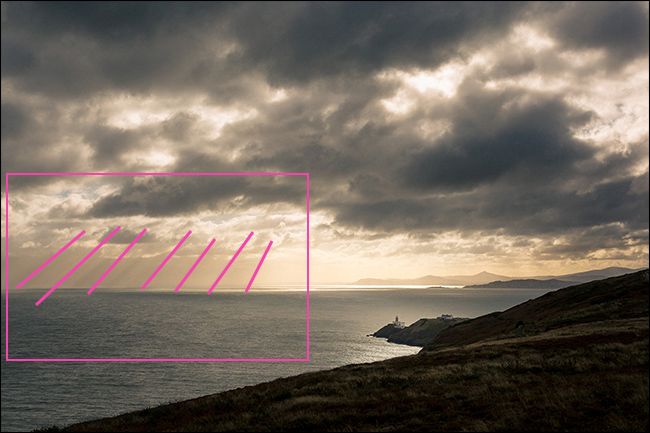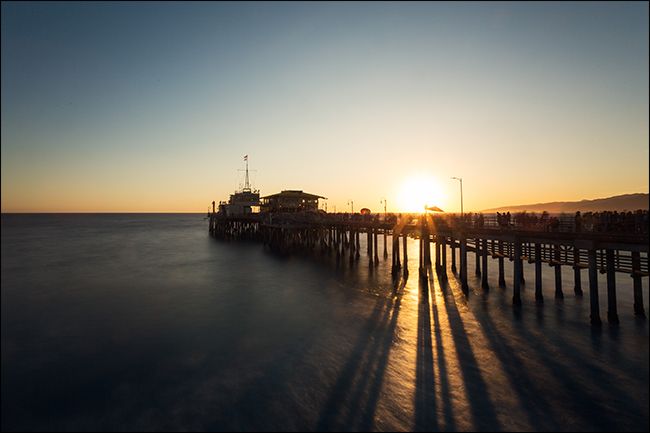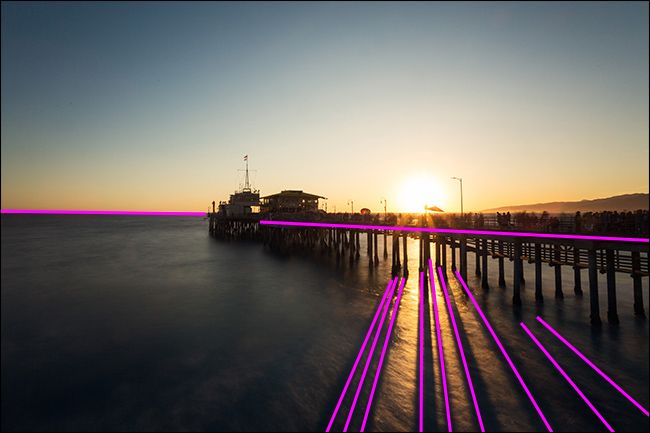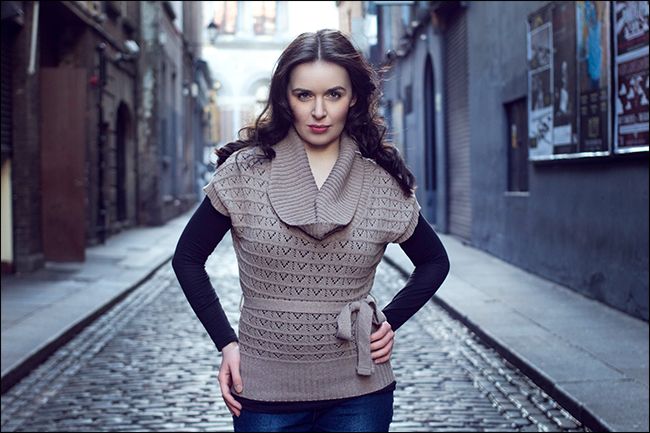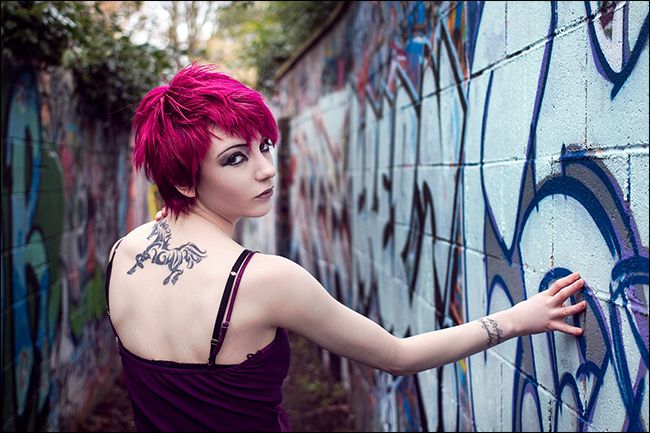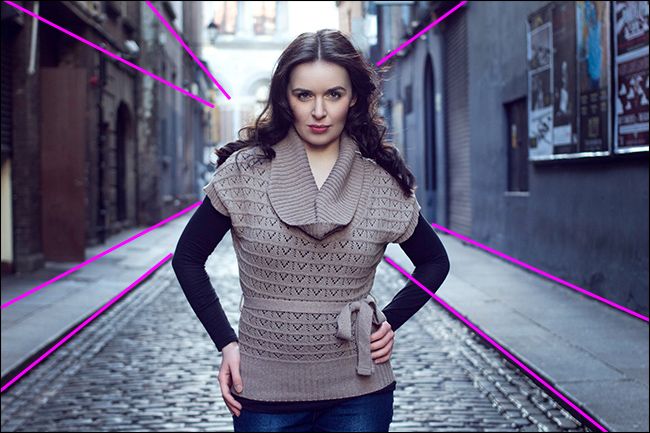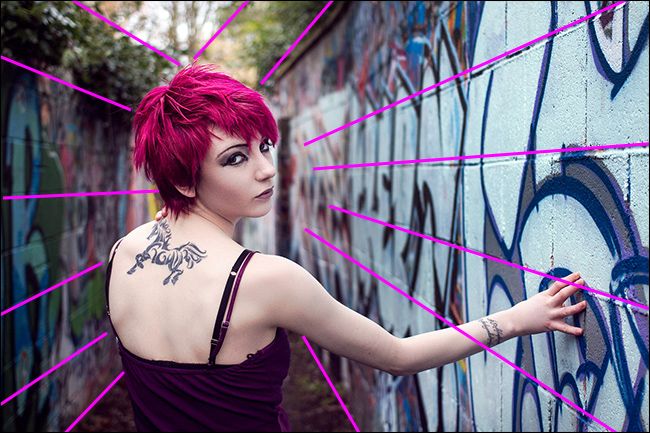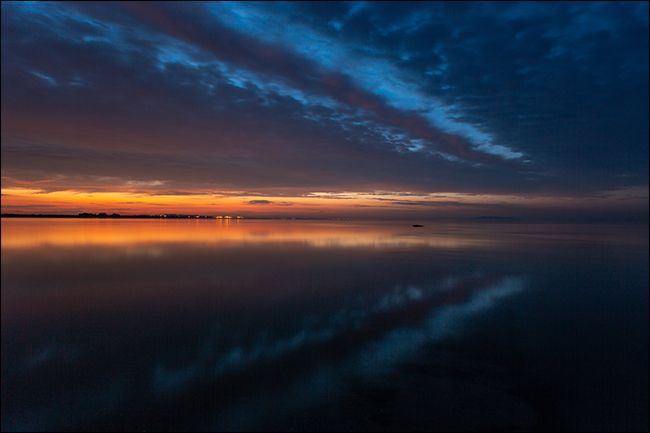As you get better at photography, you need to start making deliberate choices about the composition of your images. The rule of thirds just won’t cut it anymore. One of the simplest and most powerful composition techniques is leading lines. Let’s look at what they are and how to use them.
Why Composition?
Photography is an art form. Sure, there’s not a tremendous amount of art to snapshots of your dog you took with your iPhone, but there still is the potential there for an image to be more than just a disposable depiction of something that happened.
Good images say something. It’s not always some big, deep point or cultural criticism; often it’s “the world is pretty awesome” or “humans can do cool stuff.” Composition is just one of the tools that serve to deliver the message.
Let’s look at a photo of mine.
In this shot, I wanted to say a few things:
- Humans are small, and nature is big.
- Humans still do pretty epic things in nature.
- SPEEEEEEEED!
It’s not exactly a Pulitzer-Prize-winning photo, but I think I managed to get my point across with my composition. Whenever you’re taking a photo, think about what you want people looking at it to feel. Calm? Angry? Excited? Inspired? Happy? Whatever it is, the composition will either make or break the message.
Right, now that we’ve addressed why composition is important, let’s dig in and look at one of the major compositional tools: leading lines.
What Are Leading Lines?
Leading lines are any lines in an image that lead or guide the viewers’ eyes. Since they exploit the human tendency to follow a line with our gaze once we’ve looked at it, they’re powerful for directing people where to look in your image. Here are the leading lines in the photo above.
I count eight lines that all direct the viewer to the central mountain and skier. When someone first glances at the photo, if they look at any one of these lines they’ll be led right to the subject: exactly where I want them to look. It’s here that you get the contrast between human and mountain and the sense of motion and speed. It’s the part of the photo that most embodies the point I’m trying to make.
Leading lines don’t have to be straight. They can be curved, natural lines, like the coastline or a tree.
And here are the leading lines in that shot.
As you can see, most of the lines in the image guide the viewer to the subject: the lighthouse. The biggest thing that detracts from this shot is the series of lines from the sun’s rays to the left of the shot.
Since they angle away from the subject, they guide the viewer’s eye out of the frame which isn’t ideal. If I were a painter, I’d almost certainly have painted these lines angling the opposite direction. Sadly, I had to work within nature’s constraints.
Leading lines can be natural or humanmade, real or implied. Take this photo.
The most powerful leading lines in it are the shadows from the pier. The pier itself and the horizon are the two other major lines that draw the viewer’s eye to the people on the pier.
Or, take this photo.
And this one.
In both images, I used a very common trick: since the world is 3D and a print or screen is 2D, if you take a photo, sets of parallel lines will appear to converge in the distance. You can use any set of parallel lines like streets, buildings, alleys, railway tracks, or whatever else, to guide your viewer’s eye into the frame and towards your subject. Just place them back in the middle of the two lines.
Here’s the first shot with the lines added.
And the second.
Using Leading Lines
Leading lines are pretty simple to use. When you’re taking photos, you just need to look around and see if there are any pre-existing lines that you can use to direct the viewer’s gaze. For this photo, I noticed that the wooden wall had some really interesting lines so I selected an aperture that would let them stay visible and shot away.
Leading lines are very easy to find when you’re shooting landscapes. The horizon itself is one, as are any ridgelines, rivers, or paths. That’s why the lighthouse makes such a natural subject in this photo.
The only thing you need to be careful of with leading lines is that they don’t lead the viewer away from the subject. This photo has some incredibly powerful lines, but they lead to… nowhere.
If there were a small boat or landmark there, this would be an incredible shot. As it is, it’s just a snapshot of a pretty cloud formation and its reflection.
Using existing lines to lead your viewer’s gaze is one of the fundamentals of composition. Play around with any lines you can find the next time you’re out shooting.

